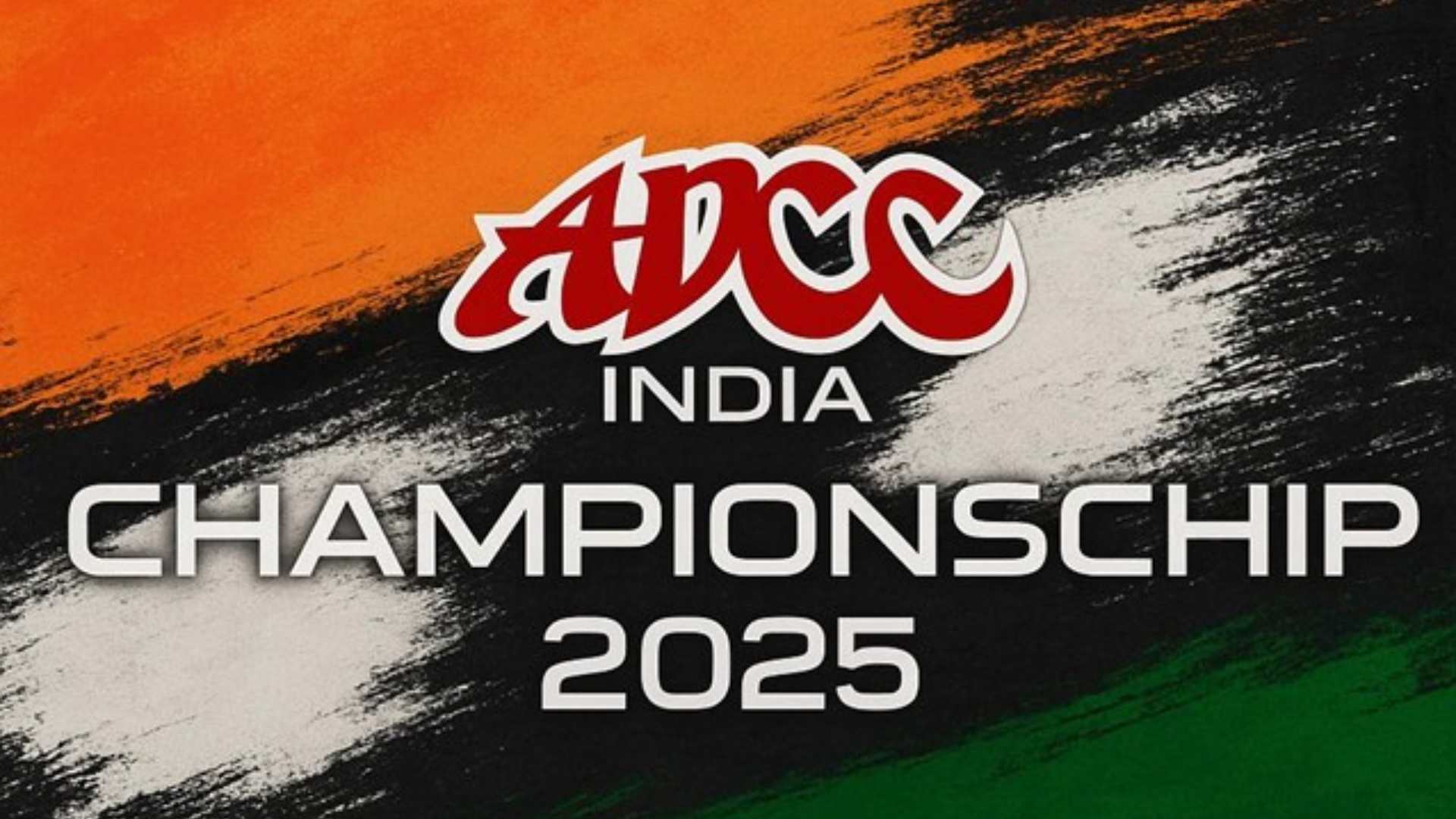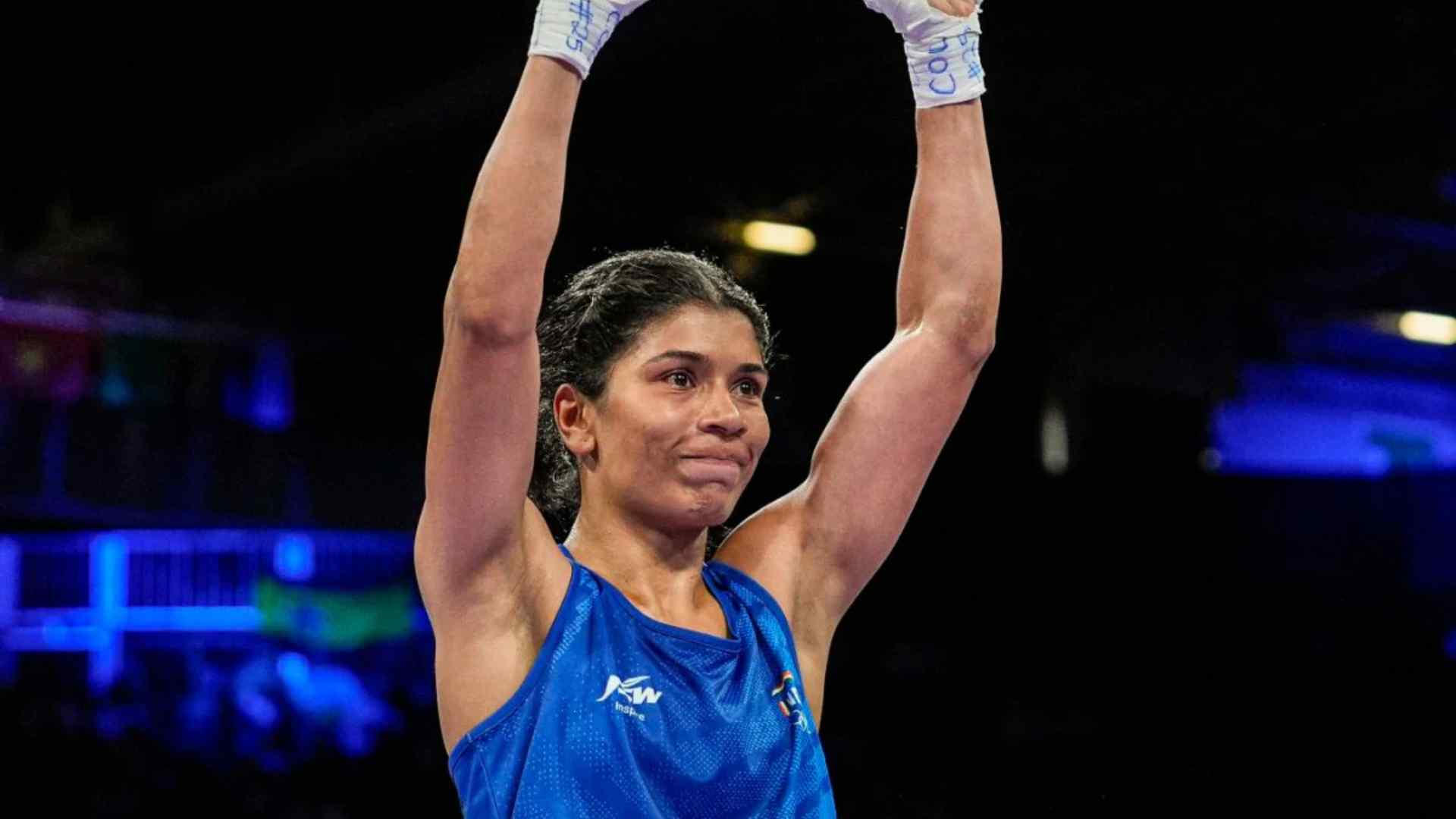How can one manage Weight cut in MMA and Combat Sports? In most sports and the fitness industry, the common say is “the leaner the better” or much rather the fad of “single-digit body fat percentage”. So what does it all mean? Why it is much harder in certain sports than others to balance this bodyweight and what is weight cycling?
Here's part two of everything you need to know where we explore the strategies for recovery between weigh-in and competition, managing weight cut and what the organizing bodies and administration can do for easier weight cut.
If you missed the first part, you can read it here: Rapid Weight Cut in MMA and Combat Sports: Everything You Need to Know - Part 1
Strategies for recovery between weigh-in and competition
The time between weigh-in and competition is usually 2-12 hours but sometimes prolonged to 24 hours. It is important that the recovery meal should consist of carbohydrate, electrolytes and replenishing of the total fluid lost.
For athletes recovering from weight cutting a carbohydrate intake of 5 – 10g/kg/day has been recommended. The effect of this supplementation is still debatable. For athletes who have been on a high protein diet may complain of gastric distress when suddenly introduced to high carbohydrate food which may, in turn, impair performance. Considering that the volumes should be smaller and liquid carbohydrates would reduce the gastric distress. Regular ingestion of dense fluids with carbohydrate and protein
Strategies for managing weight cutting in Combat Sports
The entire debate is only on preventing the long-standing tradition of acute or rapid weight loss mostly to prevent deleterious calamities such as sudden cardiac deaths and head injuries and avoid the athlete from facing long-standing effects of hormonal imbalance and subclinical psychological disorders. The aim is to adopt healthier strategies to ensure athletes safety, improve performance and fair play.
There are certain strategies listed for sporting bodies, coaches, athletes and the team taking care of them.
Pre-Season:
- Identify the weight class for competition. Calculate according to the Minimal Athlete’s Weight.
- The aim should be to loose approx. 1.5% of body weight per week.
- Adjust technique and tactic for the new weight category.
- Aerobic conditioning and strength training to reduce body fat and maintain muscle mass. Reduce energy and fat intake to decrease body fat percentage.
In-season:
- Keep body mass near the upper weight limit
- Increase caloric intake to deal with training and competition demands
- Maintain strength training
- Adequate micro and macronutrients intake
Off-Season:
- Avoid an increase in body fat
- Begin strength training
- Maintain aerobic conditioning
- Avoid high-fat diets
Minimum Athlete’s Weight is based on the lowest allowable fat percentage of the body the amount of safe weight loss possible from the time of first weigh into the first meet - not losing more than 1.5% of body weight per week.
For example: If a male weighs 80kgs with 15% body fat preseason his Minimum Athlete Weight would be 72kgs and would have to lose 8 kgs over a duration of 6 weeks.
Minimum Athlete Weight = Preseason Weight – Body Weight according to 5% body fat
During Competition (for organizing bodies and administrations)
- Shorten the time between weigh-in and competition, can be an hour before the scheduled fight.
- Introducing more weight classes so that there are smaller gaps between weight classes
- Not allowing athletes multiple attempts for weigh-in, suggestive of allowing to weigh one time only
- Rapid weight loss methods and artificial rehydration methods are prohibited in the day of competition
- Checking weight at an allocated point before the bout and allowing athletes to lose a certain amount from there.
- Implementation of athlete education programs to encourage athletes and support staff to choose safer weight loss practices.
- Implementing hydration testing requirements for athletes to compete.
About the Author: Prachi Shah
Prachi Shah is a physical therapist specialized in sports and dance-related injuries. She was a National team physical therapist for Taekwondo for the South Asian Games, 2016 and Asian Championship and Rio Olympic Qualifiers, 2016 and national camp for Boxing (Youth). Currently working as a consultant therapist at Proformance Physical Therapy and Sports Rehabilitation Centre and associated with Muay-Thai Association, Maharashtra. You can follow Prachi on Instagram by clicking here.








Leave a comment
Please login to leave a comment.